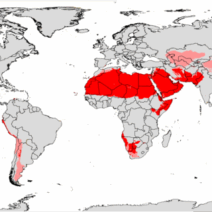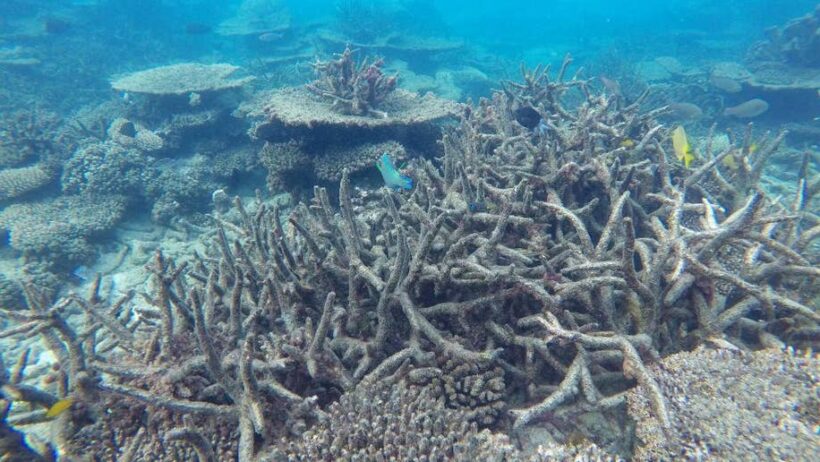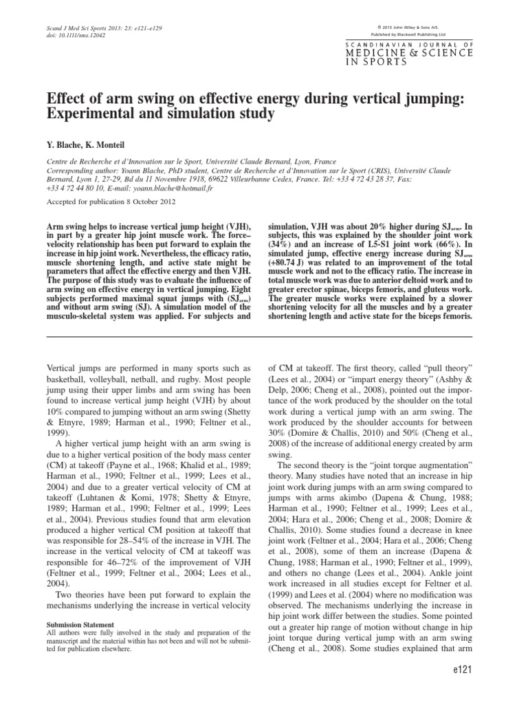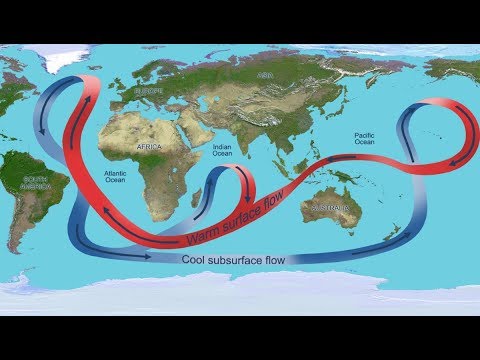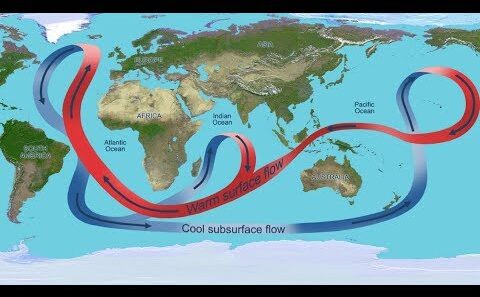Coral reefs, often dubbed the “rainforests of the sea,” are some of the most biodiverse ecosystems on the planet. Yet, these vibrant underwater structures are facing an existential threat that could lead to their demise. Are coral reefs dying from the heat of global warming? This question stirs concern across various communities, from local fishermen to global conservationists. As temperatures rise and climate patterns shift, the survival of coral ecosystems is increasingly uncertain. The challenge lies in grasping the complexities of these magnificent organisms and the profound consequences of their potential vanishing act.
Corals are not mere rocks or plants; they are living organisms, composed of myriad tiny polyps that work symbiotically with algae known as zooxanthellae. This relationship is crucial for their survival, as the algae provide essential nutrients through photosynthesis in exchange for a protected habitat. However, the phenomenon of coral bleaching emerges when stressors such as elevated water temperatures disrupt this bond, leading the coral to expel the algae and, consequently, lose their color and primary food source. The question looms: how much heat can corals endure before they succumb?
Research indicates that corals can thrive within a specific temperature range, often between 23 to 29 degrees Celsius (73 to 84 degrees Fahrenheit). Beyond this threshold, even a modest increase can trigger bleaching events. In recent years, marine heatwaves have become increasingly common, exacerbating this stress. The increasingly erratic nature of climate change introduces further complicating factors, such as ocean acidification, which poses additional threats to coral reefs. How can such delicate ecosystems withstand such a volatile environment?
The intensifying heat is not just a minor nuisance; it constitutes a significant disruptor of coral ecosystems. When water temperatures escalate by just 1 to 2 degrees Celsius for a sustained period, the repercussions can be catastrophic. Research from various coral locations globally reveals alarming trends – mass bleaching events occur more frequently and with greater severity. Such phenomena not only jeopardize the corals themselves but also endanger the myriad species that rely on reefs for habitat and sustenance. Simplistically put, the death of coral reefs equates to a collapse in ocean biodiversity. But solutions may lie in our hands.
Mitigation strategies focused on reducing greenhouse gas emissions are paramount. Limitations on carbon output can help stabilize temperatures within the oceans, thereby presenting a potential lifeline for coral reefs. This is inherently a collective endeavor, as it requires global cooperation and a commitment to transitioning towards renewable energy sources. Are we, as a society, prepared to make the necessary sacrifices for the preservation of such vital ecosystems? Each individual decision – from reducing energy consumption to advocating for policy change – embodies an important piece of a larger puzzle.
Moreover, localized efforts can facilitate the resilience of coral reefs. Initiatives such as marine protected areas (MPAs) aim to shield various regions from non-climate-related stressors, such as overfishing and pollution. By fostering ecological zones where marine life can flourish unimpeded, the chances of coral recovery increase dramatically. Involvement in community-driven conservation projects can propel meaningful change, granting individuals the opportunity to actively participate in safeguarding these precious ecosystems. How can local efforts catalyze global solutions?
Another fascinating aspect to consider is the potential for coral adaptation and evolution in response to climate change. Some studies suggest that certain coral species exhibit a degree of resilience, enabling them to survive at elevated temperatures. This adaptability poses an intriguing question: does nature possess inherent mechanisms to cope with the very changes threatening its survival? If corals can evolve towards heat tolerance, might we witness a resurgence of diversity and health in coral reef systems over time? While hopeful, this perspective requires thorough investigation; reliance solely on evolution could be a perilous gamble.
Additionally, scientific innovations, such as assisted evolution and selective breeding of more resilient coral species, present avenues for intervention. These progressive methods aim to enhance the genetic resilience of corals against temperature fluctuations. However, they are not without ethical dilemmas and risk. Could localized breeding programs effectively maintain the genetic diversity necessary for long-term sustainability? This question invites a broader consideration of human involvement in ecological processes and the potential ramifications of meddling with nature’s delicate balance.
Public awareness and education play pivotal roles in addressing the decline of coral reefs. Communities must understand the intrinsic value of these ecosystems not only for their ecological significance but also for the socioeconomic benefits they provide, such as tourism and fisheries. By exposing the realities of climate change’s impact on coral, stakeholders can foster a culture of stewardship — one that recognizes the critical link between human actions and environmental health. What commitments will society make to embrace sustainable practices that benefit both the planet and its inhabitants?
As the dialogue surrounding climate change and coral conservation evolves, confronting the question of whether coral reefs are dying from global warming is essential. The intricate tapestry of interactions among coral species, climate conditions, and human influence underpins the urgency of the matter. Yet, amidst the potential for loss, there lies an opportunity for reflection, transformation, and action. Will humanity choose to step up, to tackle the unprecedented challenge of global warming, and provide a fighting chance for these essential ecosystems to thrive? The stakes couldn’t be higher.
